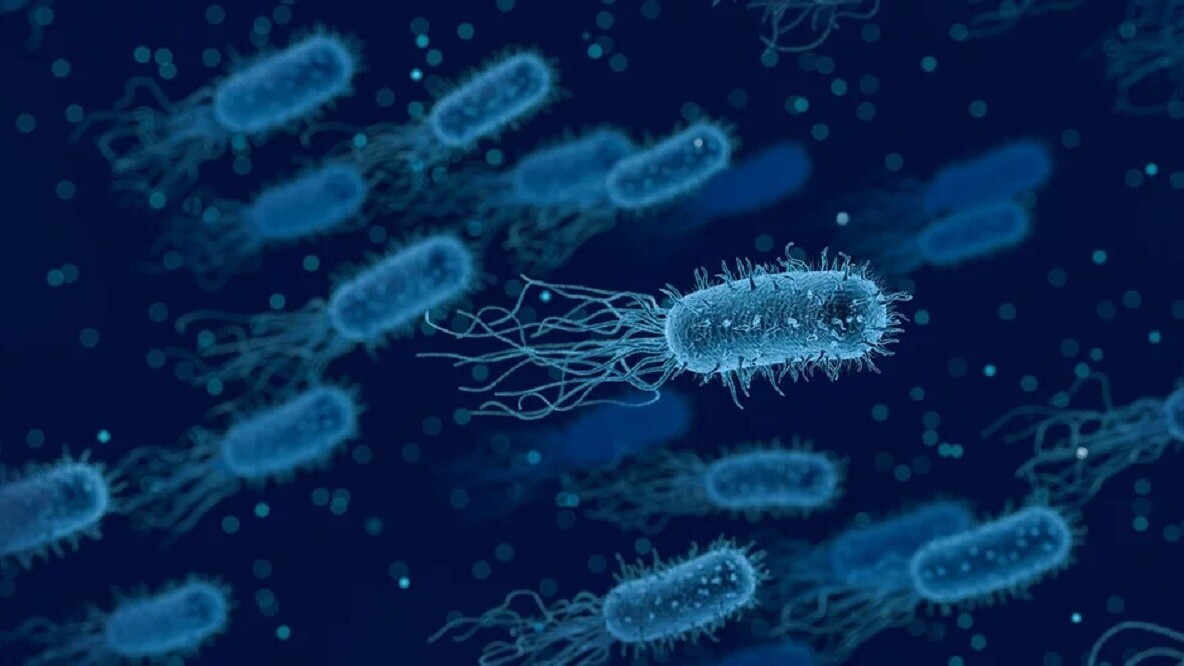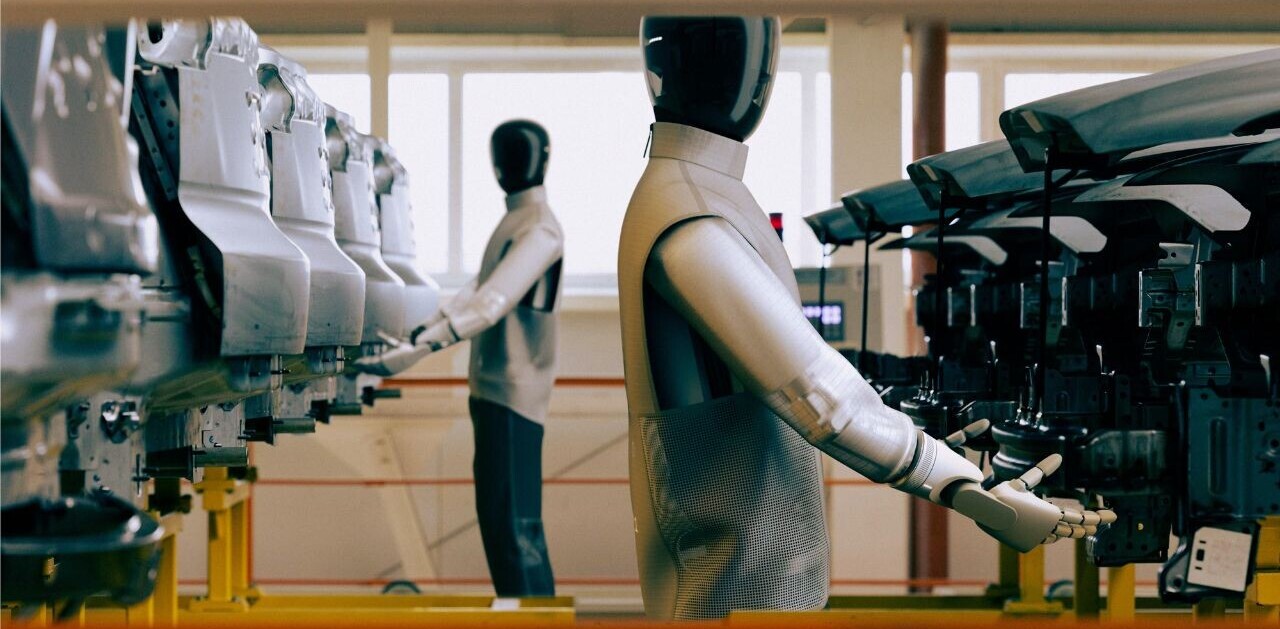
An international team of researchers may have just figured out why single-celled organisms such as the AIDS virus and cancer cells manage to be so incredibly successful. And, in doing so, they may also have unraveled the mystery behind the origin of life. Hooray for science!
Life on Earth emerged as the result of a bunch of chemicals swirling around in a primordial ooze until they turned into amino acids, then proteins, and eventually cells. The spark of life happened at some point and those non-living cells and clusters went through an evolutionary transition into living organisms.
Here we are 3.5 billion years later and we don’t know much else about the process. We know that evolution plays a major role, but exactly what causes the evolutionary transition has eluded scientists so far.
Researchers from the ESPCI Paris, France, and Max Planck Institute for Evolutionary Biology, Plön, Germany, and Andrew Black at University of Adelaide, Australia and Pierrick Bourrat, at Macquarie University, Australia hope to remedy that. They recently conducted an experiment involving “free-living” bacteria – single-celled organisms that live alone in nature – that shows “ecology” may be the missing the link responsible for the spark of life.
The bacteria the team used reproduces by a process called binary fission. Basically, they split into two identical halves. Logically, this means that evolution can’t advance bacteria because no matter what happens the offspring have no variance from their parents.
However, when the team forced something called “ecological scaffolding” on large groups of bacteria they found evolutionary behavior similar to that exhibited by groups of multi-celled species. In other words: by forcing nomadic bacteria into groups, they exhibited behavior that placed the well-being of the entire collective over the survival of each individual cell.
Viruses and bacteria may follow this form of evolution by spreading themselves out thin enough to make it from one patch of resources to another, in essence prioritizing the species over the individual cells. This could explain why pathogens sourced from a single cell, such as HIV and cancer, are so successful.
Lead researcher Paul Rainey told Phys.Org:
Not only did groups become more successful, but they even evolved traits that underpinned a developmental program fueling a multi-cellular life cycle.
In essence, we have produced an ecological recipe that, if followed, will result in the affected entities participating in the process of evolution by natural selection, with the outcome being some kind of Darwinian machine.
A Darwin Machine is a construct by which a non-living entity – in this case a bunch of living cells clustered together as a community that, itself, is not a single living organism – can produce a result with greater viability than its contents currently have. Basically, the bacteria in groups “evolved” to be better at dealing with their environment than those that continued to live on their own.
Rainey compares this event – the entire community working together to send a single cell off towards a new resource – like a complex organism reproducing. Per Phys.Org, he says:
For pathogens, such as HIV, the human host is a patch of resource. Transmission of the virus to new hosts via a single cell is akin to a group-level reproductive event.
When this occurs the virus will experience selective conditions as if it were part of a multicellular organism. Our theory thus predicts that HIV populations should be composed of cells that perform different functions—some soma-like and others germ line-like.
According to recent HIV research, this is exactly what’s happening.
While the team’s results will require further research, they’re significant enough to warrant a large measure of optimism. We’ve struggled to explain how a bunch of protein-based cells swirling around in the primordial soup could “magically” become a living organism, but adding “ecological scaffolding” into the mix as an underpinning factor could provide the math we need to shape our understanding of what “the spark of life” actually entails.
Moreover, this research could have huge implications for the field of artificial intelligence. A successful artificial evolution paradigm could result in a Darwin Machine-based neural network capable of better emulating the natural selection process and, possibly, the human brain’s own organic neural network.
Check out the full research paper here on Nature.
You’re here because you want to learn more about artificial intelligence. So do we. So this summer, we’re bringing Neural to TNW Conference 2020, where we will host a vibrant program dedicated exclusively to AI. With keynotes by experts from companies like Spotify, RSA, and Medium, our Neural track will take a deep dive into new innovations, ethical problems, and how AI can transform businesses. Get your early bird ticket and check out the full Neural track.
Get the TNW newsletter
Get the most important tech news in your inbox each week.




